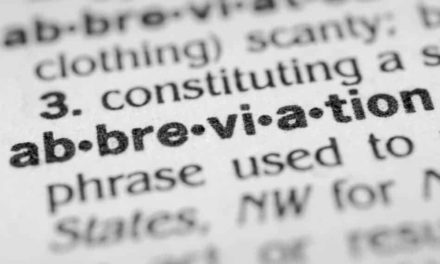How To Use Direct Quotations In Research Papers
When an author directly quotes sources in scholarly writing, it is essential to enclose each quotation within quotation marks or set it off as a block quotation, and also to maintain appropriate and correct patterns of punctuation in every sentence that includes a quotation. Only if the quotations you use are properly punctuated will they be successfully integrated into your text and succeed in supporting your argument as you intend.
The punctuation that precedes a quotation is particularly important because such introductory punctuation helps determine the way in which readers approach and read that quotation within a piece of academic or scientific writing. In some cases, no punctuation at all is needed immediately before a quotation, whether it is embedded in your main text or set off as a block quotation, but this is only so if no punctuation would be required were the entire sentence constructed of your own words. My next sentence provides a simple example. Smith and Jones conducted a similar trial and ‘discovered that over half of the participants could not complete the four tasks.’
In other cases, nothing more than the full stop closing the preceding sentence is required before a quotation, whether embedded or block, if the logic of the quotation naturally follows that of the preceding sentence and can start (or already is) a sentence of its own. My next two sentences demonstrate how this works in running prose, but the second sentence could easily be displayed as a block quotation, especially if it were longer. Thompson read the manuscript very carefully and discovered clear evidence of several early readers. ‘Marginal notes in three different hands appear on most pages, while an earlier hand corrected the text and a later one added drawings that are themselves a commentary on the treatise.’
Often a comma is the correct punctuation to introduce a quotation, as is the case in the following sentence. In an early study of the effects of chemotherapy, ‘patients were shown to recover much more quickly and with fewer negative side effects when they did not receive chemotherapy as part of their treatment.’ Again, if the quotation is long, it can be formatted as a block quotation using the exact same punctuation. Commas are also used to present dialogue effectively, and are therefore common when reporting and discussing interviews: ‘Are you sure,’ the researcher repeated, ‘that you didn’t see anything else before the bridge collapsed?’
In many cases, however, and especially in formal English, a colon is more appropriate than a comma. A colon is often used to introduce scholarly quotations, and it is a good choice when more than one sentence or passage is quoted or when emphasis is required. A colon also tends to clarify sentence structure as well as the line between your own text and quoted passages, so it can improve the clarity and legibility of a complex text. My next sentence provides an example. Question 4 was designed to help us refine our understanding of any limitations perceived by the participants: ‘Was there any task the domestic robot was not able to accomplish due to its size?’ A colon is especially well suited to introducing block quotations, with the colon coming at the end of your own running text and the block quotation following on a new line.
You might be interested in Services offered by Proof-Reading-Service.com
Journal Editing
Journal article editing services
PhD Thesis Editing
PhD thesis editing services
Expert Editing
Expert editing for all papers
Medical Editing
Medical Editing Services
Research Editing
Research paper editing services
Book Editing
Professional book editing services

















